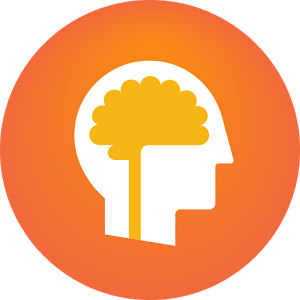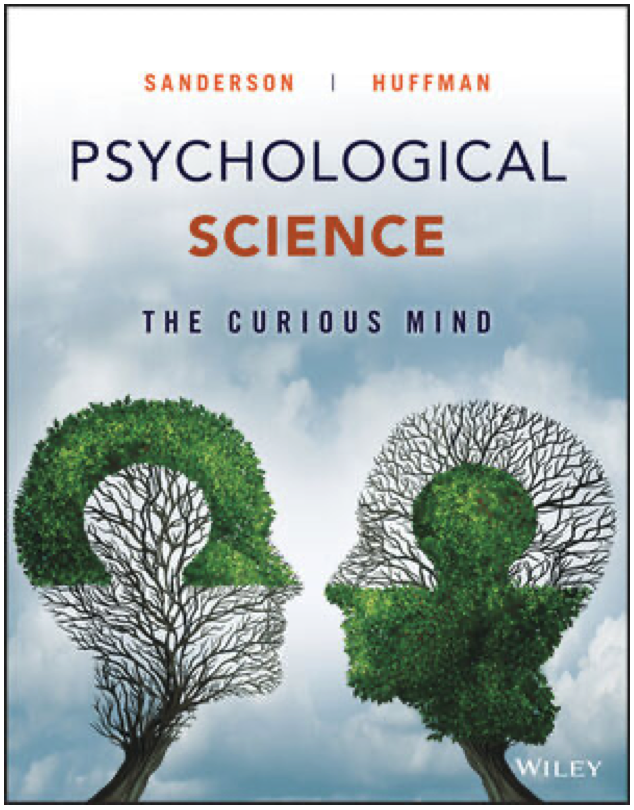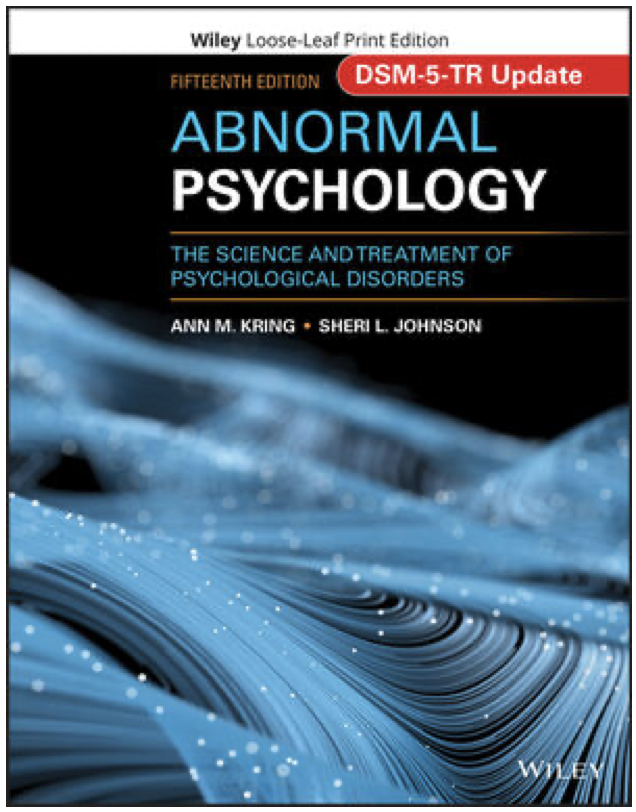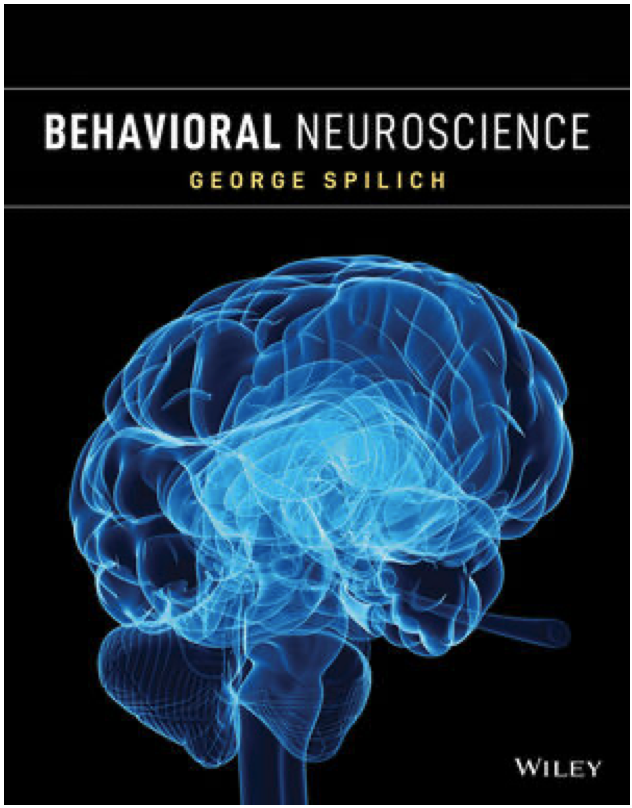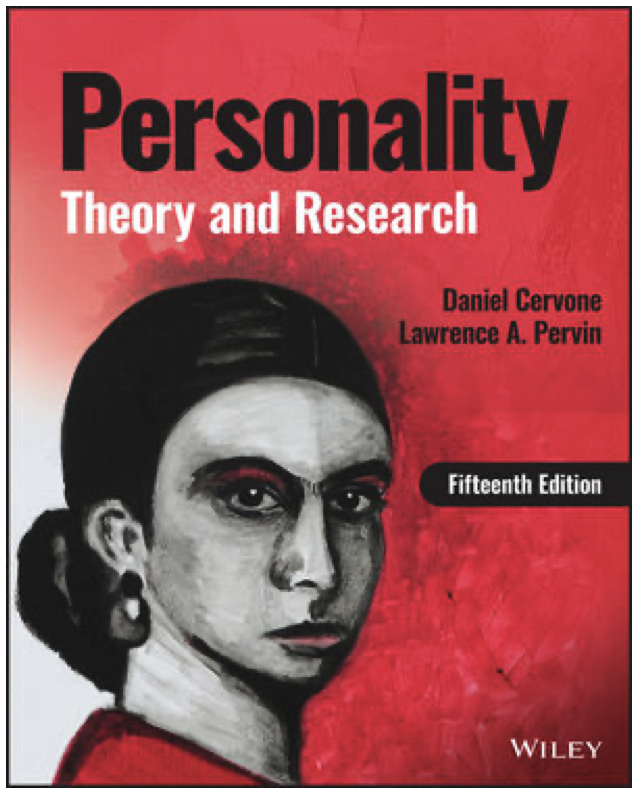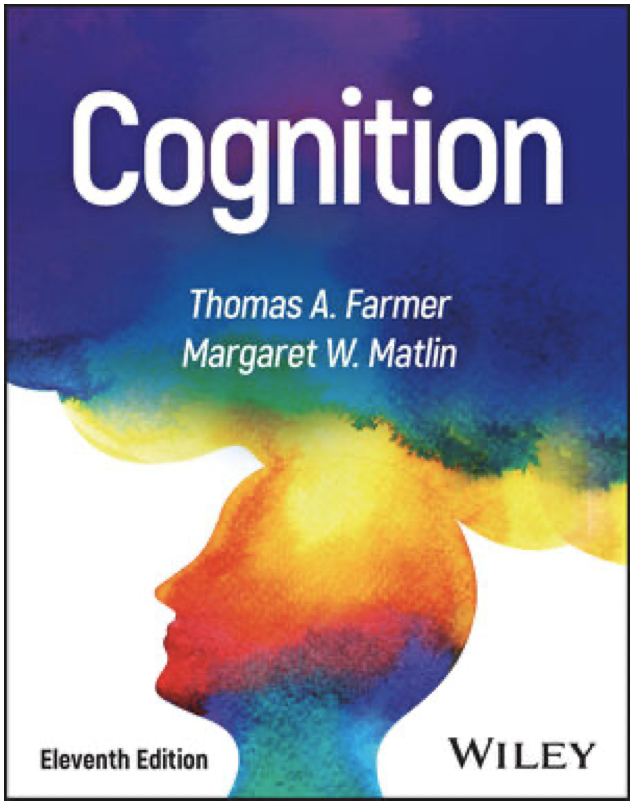Three Articles on Alzheimer’s Disease, Pets, Aging and Dementia
TITLE
ARTICLE #1A Study Finds That Women Slip Into Dementia Faster Than Men
ARTICLE #1B Studies add to evidence that women are more vulnerable to Alzheimer’s
DESCRIPTION
A number of presentations at the 2015 Alzheimer’s Association International Conference demonstrated that women have a higher incidence of Alzheimer’s disease than men and further they decline faster than men. “Women who display the early signs of mental decline that can precede Alzheimer’s disease deteriorate faster than men with the same condition, a new study has found.” In the brain, there is a build up over time of beta amyloid plaques that gradually destroy brain cells and eventually lead to severe degeneration in areas of cognition and memory that cause demential. Speculating, researchers believe that “gender differences may have an effect on determining Alzheimer’s risk, perhaps because of hormonal interactions with genes, biochemistry and development in the brain.” Further research into the differences and possible treatments are hoped for to slow the progression of the dementia symptoms.
SOURCE
Time Magazine, July 21, 2015, by Tanya Basu
Washington Post, July 21, 2015, by Frederick Kunkle
LINK TO RESOURCE
Time: http://time.com/3965890/women-alzheimers-men/
Washington Post: http://tinyurl.com/ob4jc5u
TITLE
ARTICLE #2 What happens when your dog gets Alzheimer’s
DESCRIPTION
The article by Lee Harris, a veterinarian, describes a few cases of dogs that have developed both physical and cognitive deterioration similar to adults who have been diagnosed with Alzheimer’s and dementia. Dr. Lee’s description of the cases are remarkably similar to aging humans. In fact, if you did not know that he was a veterinarian, you would think that the cases are about humans. He points out that “… dogs’ lifestyles are safe but sedentary, leading to longer lives but also chronic conditions like obesity, arthritis and cognitive dysfunction.”
In his practice, he makes the same recommendations for the dogs that he treats as made for humans. “We can also borrow from the extensive research that has been done in humans and laboratory animals, which find that eating a healthy diet (high in omega-3), staying mentally active and getting lots of aerobic exercise can delay the onset of senile dementia.”
SOURCE
Washington Post, January 9, 2015, by Lee Harris
LINK TO RESOURCE
https://www.washingtonpost.com/posteverything/wp/2015/01/09/what-happens-when-your-dog-gets-alzheimers/
(shortened URL) http://tinyurl.com/nmd2lr5
TITLE
ARTICLE #3 Dementia Is Incurable But Lifestyle Can Still Make A Difference
DESCRIPTION
Dementia is a progressive syndrome that cause both physical and cognitive deterioration. Though it is most identified as a problem of aging, dementia can occur due to disease (Alzheimer’s), stroke, and injury (head injuries such as multiple concussions). This article focuses primarily on dementia and the aging process. The article describes hopeful research in the pharmacology realm but points out that the progression of dementia cannot be cured but can be slowed. “A growing body of research has pointed out that making just a few simple lifestyle changes can lead to a significant long-term impact on dementia risk. According to Alzheimer’s experts following a healthy diet, regular exercise, weight management, keeping the mind active and getting regular health check-ups could dramatically minimize the chances of developing the disease.”
SOURCE
The Science Times, September 24, 2015, by Darlen Tverdohleb
LINK TO RESOURCE
http://www.sciencetimes.com/articles/7200/20150830/dementia-is-incurable-but-lifestyle-can-still-make-a-difference.htm
(shortened URL) http://tinyurl.com/ojavwys
CLASS DISCUSSION QUESTIONS
•The discussion can focus on dementia and Alzheimer’s from a number of different perspectives: neuroscience, cognition, health (strokes/disease/injury) and aging.
•What is dementia?
•What are the causes of dementia?
•What are the symptoms of dementia?
•What are the treatments for dementia?
•According to the first article: how are gender differences accounted for?
•According to the second article: Can dogs develop dementia?
•This is a nature-nurture item: can lifestyle affect the development of dementia?


